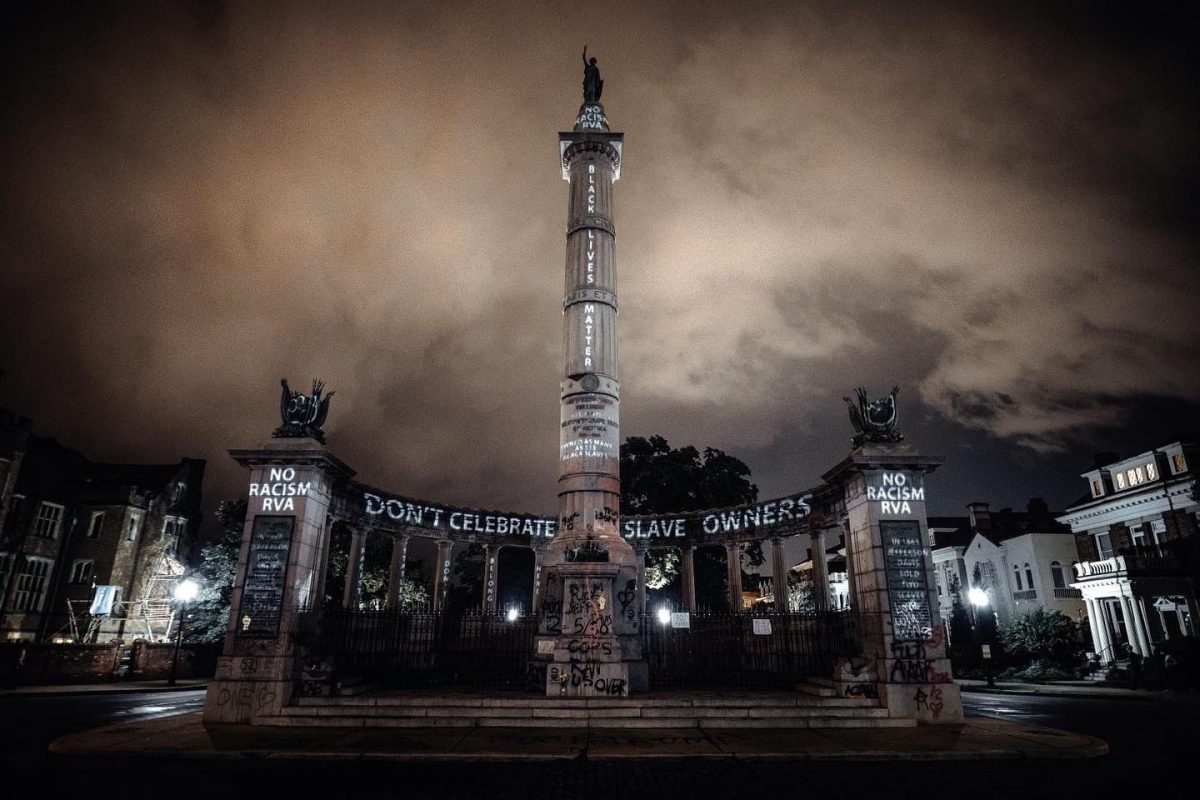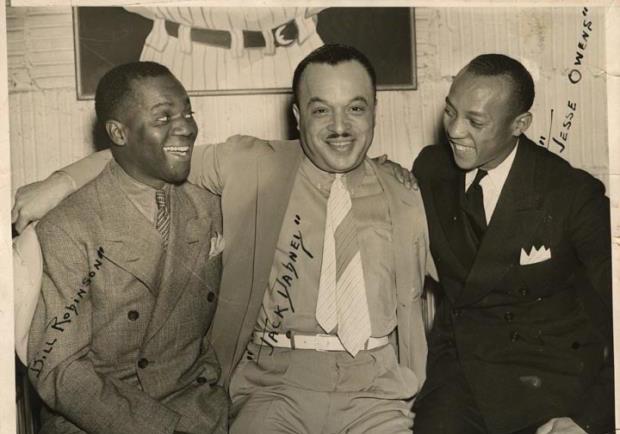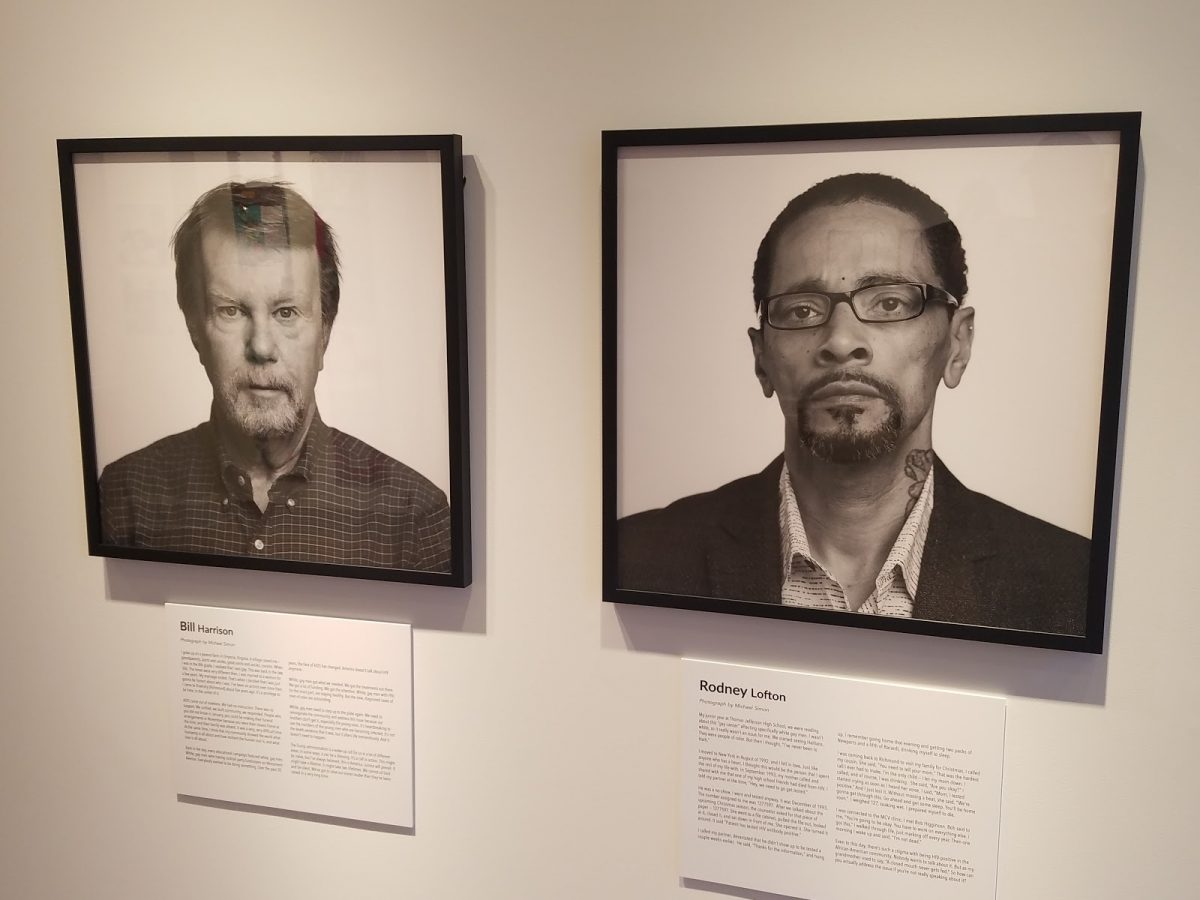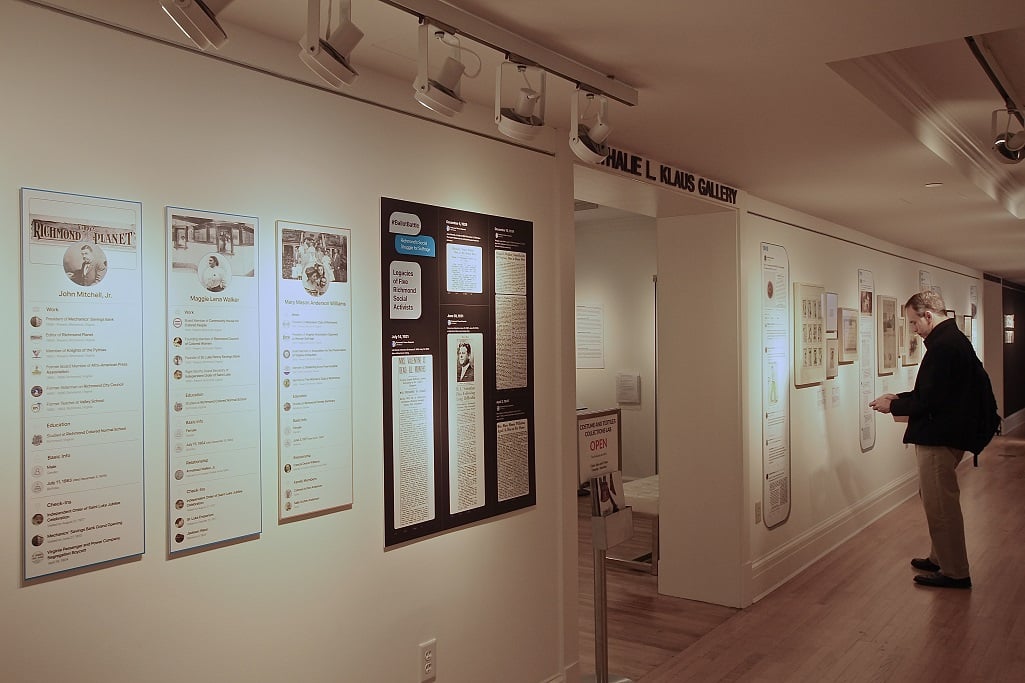Valentine museum founder Edward Valentine was responsible for sculpting multiple Confederate monuments around Richmond. Now the museum he founded hopes to display his statue of Jefferson Davis in order to confront the role Valentine, and Richmond, played in the Lost...





